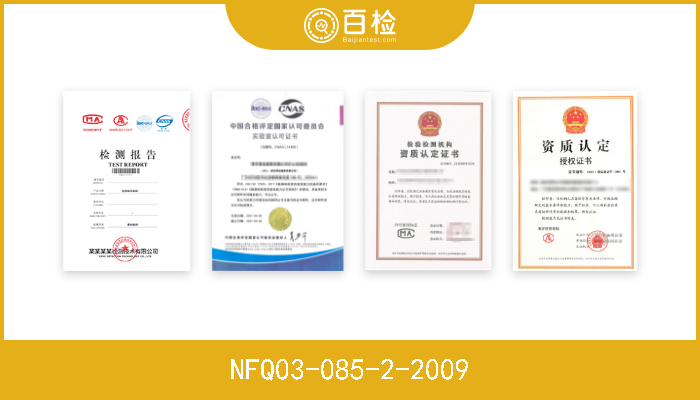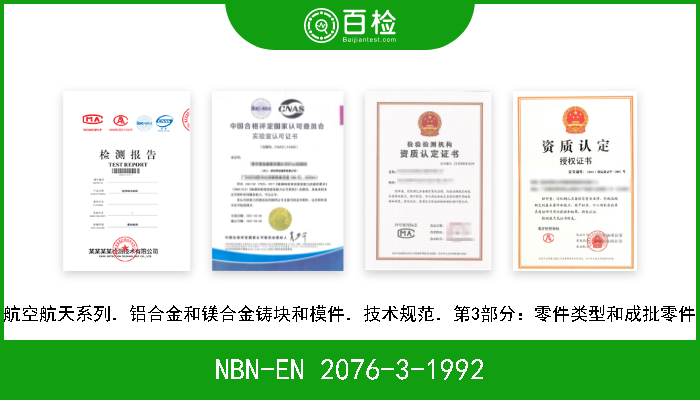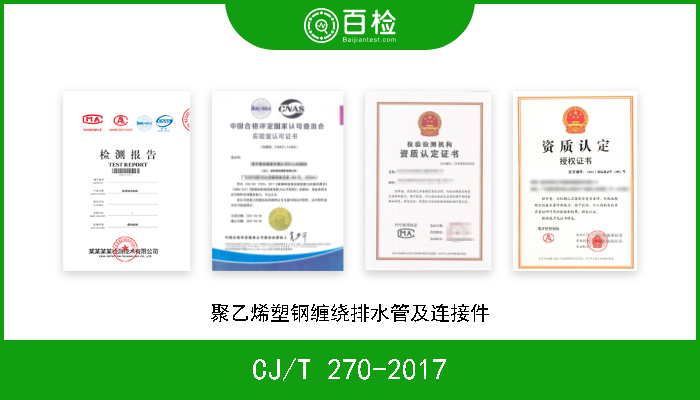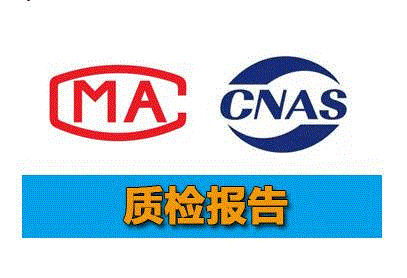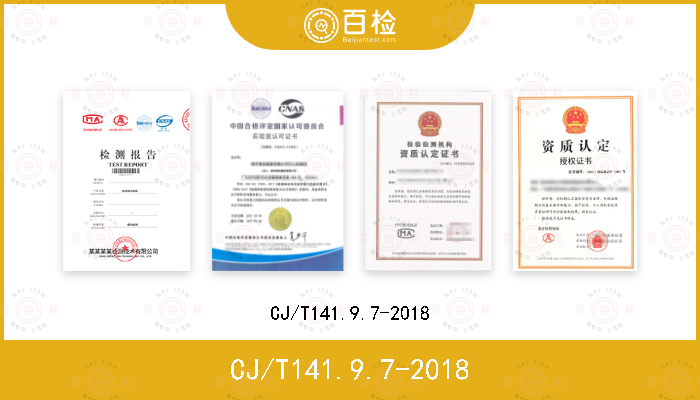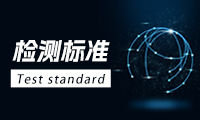ISO 10846-4-2003 声学和振动.弹性元件的振动-声传输特性的实验室测量.第4部分:传输运动用不包括弹性支撑的元件的动态劲度
百检网 2021-08-02
标准号:ISO 10846-4-2003
中文标准名称:声学和振动.弹性元件的振动-声传输特性的实验室测量.第4部分:传输运动用不包括弹性支撑的元件的动态劲度
英文标准名称:Acoustics and vibration - Laboratory measurement of vibro-acoustic transfer properties of resilient elements - Part 4: Dynamic stiffness of elements other than resilient supports for translatory motion
标准类型:Z32
发布日期:1999/12/31 12:00:00
实施日期:1999/12/31 12:00:00
中国标准分类号:Z32
国际标准分类号:17.140.01;17.160
适用范围:This part of ISO 10846 specifies two methods for determining the dynamic transfer stiffness for translations of resilient elements other than resilient supports. Examples are resilient bellows, shaft couplings, power supply cables, hoses and pipe hangers (see Figure 1). Elements filled with liquids, such as oil or water, are excluded. NOTE 1 Pipe hangers are extensionally deflected, as opposed to elastic supports which are compressed. Therefore, the test conditions are different from those described in ISO 10846-2 and ISO 10846-3. The methods are applicable to resilient elements with flat flanges or flat clamp interfaces. It is not necessary that the flanges be parallel. Resilient elements which are the subject of this part of ISO 10846 are those that are used to reduce a) the transmission of audiofrequency vibrations (structure-borne sound, 20 Hz to 20 kHz ) to a structure which may, for example, radiate unwanted sound (airborne, waterborne or other), and b) the transmission of low-frequency vibrations (typically 1 Hz to 80 Hz), which may, for example, act upon human subjects or cause damage to structures of any size when the vibration is too severe. In practice, the size of the available test rig(s) determines restrictions for very small and for very large resilient elements. Measurements for translations normal and transverse to the flanges or clamp interfaces are covered in this part of ISO 10846. Annex A provides guidance for the measurement of transfer stiffnesses that include rotatory components. The direct method can be applied in the frequency range from 1 Hz up to a frequency that is usually determined by the lowest resonance frequency of the test arrangement frame (typically 300 Hz for test rigs with dimensions of the order of 1 m). NOTE 2 In practice, the lower frequency limit depends on the dynamic excitation system. The indirect method covers a frequency range that is determined by the test set-up and the isolator under test. The range is typically from a lower frequency between 20 Hz and 50 Hz, to an upper frequency between 2 kHz and 5 kHz. The data obtained according to the methods specified in this part of ISO 10846 can be used for — product information provided by manufacturers and suppliers, — information during product development, — quality control, and — calculation of the transfer of vibration through resilient elements.
中文标准名称:声学和振动.弹性元件的振动-声传输特性的实验室测量.第4部分:传输运动用不包括弹性支撑的元件的动态劲度
英文标准名称:Acoustics and vibration - Laboratory measurement of vibro-acoustic transfer properties of resilient elements - Part 4: Dynamic stiffness of elements other than resilient supports for translatory motion
标准类型:Z32
发布日期:1999/12/31 12:00:00
实施日期:1999/12/31 12:00:00
中国标准分类号:Z32
国际标准分类号:17.140.01;17.160
适用范围:This part of ISO 10846 specifies two methods for determining the dynamic transfer stiffness for translations of resilient elements other than resilient supports. Examples are resilient bellows, shaft couplings, power supply cables, hoses and pipe hangers (see Figure 1). Elements filled with liquids, such as oil or water, are excluded. NOTE 1 Pipe hangers are extensionally deflected, as opposed to elastic supports which are compressed. Therefore, the test conditions are different from those described in ISO 10846-2 and ISO 10846-3. The methods are applicable to resilient elements with flat flanges or flat clamp interfaces. It is not necessary that the flanges be parallel. Resilient elements which are the subject of this part of ISO 10846 are those that are used to reduce a) the transmission of audiofrequency vibrations (structure-borne sound, 20 Hz to 20 kHz ) to a structure which may, for example, radiate unwanted sound (airborne, waterborne or other), and b) the transmission of low-frequency vibrations (typically 1 Hz to 80 Hz), which may, for example, act upon human subjects or cause damage to structures of any size when the vibration is too severe. In practice, the size of the available test rig(s) determines restrictions for very small and for very large resilient elements. Measurements for translations normal and transverse to the flanges or clamp interfaces are covered in this part of ISO 10846. Annex A provides guidance for the measurement of transfer stiffnesses that include rotatory components. The direct method can be applied in the frequency range from 1 Hz up to a frequency that is usually determined by the lowest resonance frequency of the test arrangement frame (typically 300 Hz for test rigs with dimensions of the order of 1 m). NOTE 2 In practice, the lower frequency limit depends on the dynamic excitation system. The indirect method covers a frequency range that is determined by the test set-up and the isolator under test. The range is typically from a lower frequency between 20 Hz and 50 Hz, to an upper frequency between 2 kHz and 5 kHz. The data obtained according to the methods specified in this part of ISO 10846 can be used for — product information provided by manufacturers and suppliers, — information during product development, — quality control, and — calculation of the transfer of vibration through resilient elements.
百检能给您带来哪些改变?
1、检测行业全覆盖,满足不同的检测;
2、实验室全覆盖,就近分配本地化检测;
3、工程师一对一服务,让检测更精准;
4、免费初检,初检不收取检测费用;
5、自助下单 快递免费上门取样;
6、周期短,费用低,服务周到;
7、拥有CMA、CNAS、CAL等权威资质;
8、检测报告权威有效、中国通用;
客户案例展示
相关商品
版权与免责声明
①本网注名来源于“互联网”的所有作品,版权归原作者或者来源机构所有,如果有涉及作品内容、版权等问题,请在作品发表之日起一个月内与本网联系,联系邮箱service@baijiantest.com,否则视为默认百检网有权进行转载。
②本网注名来源于“百检网”的所有作品,版权归百检网所有,未经本网授权不得转载、摘编或利用其它方式使用。想要转载本网作品,请联系:service@baijiantest.com。已获本网授权的作品,应在授权范围内使用,并注明"来源:百检网"。违者本网将追究相关法律责任。
③本网所载作品仅代表作者独立观点,不代表百检立场,用户需作出独立判断,如有异议或投诉,请联系service@baijiantest.com
行业热点

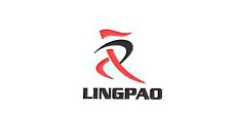
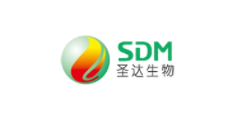
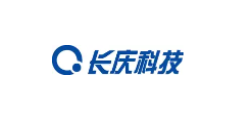
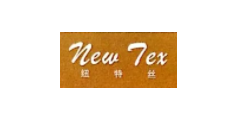
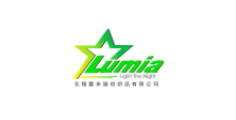
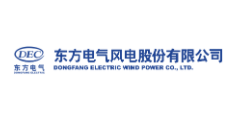
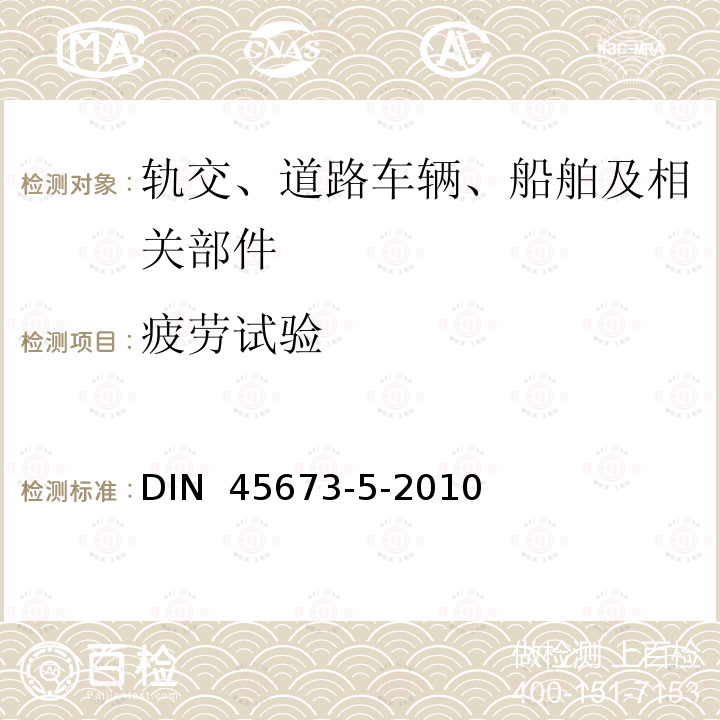
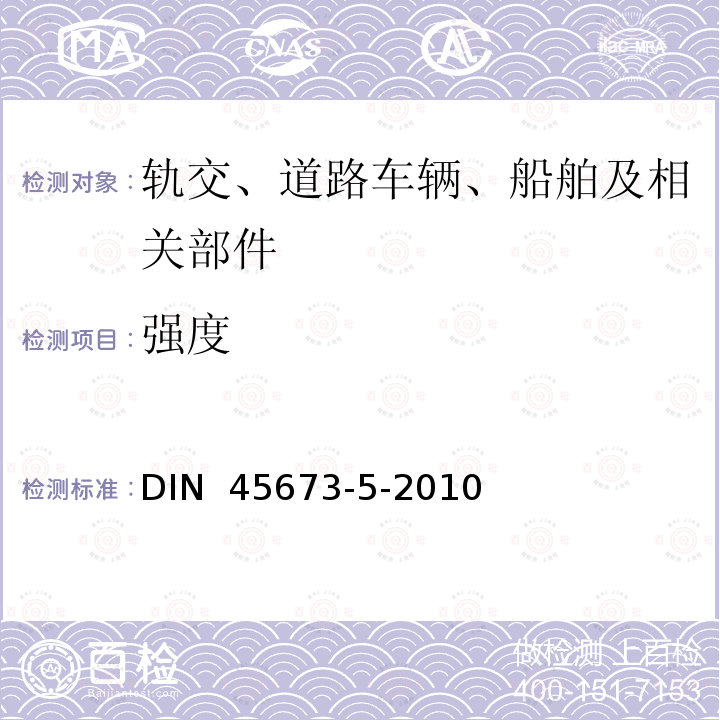
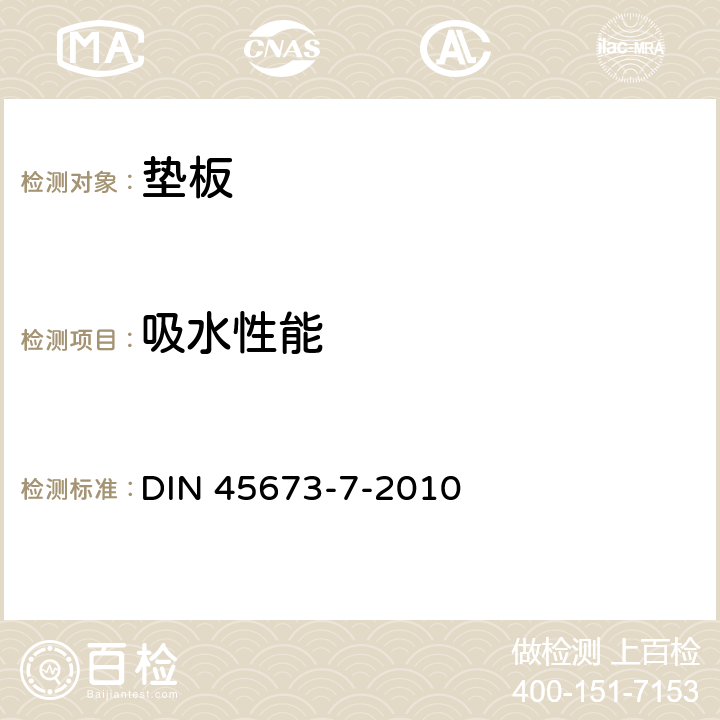
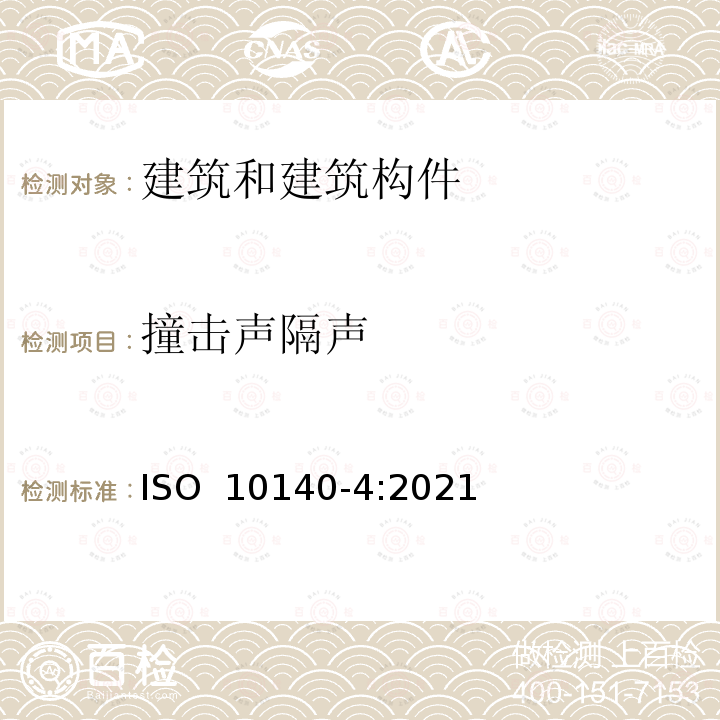


.png)
